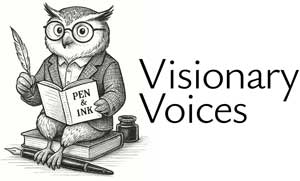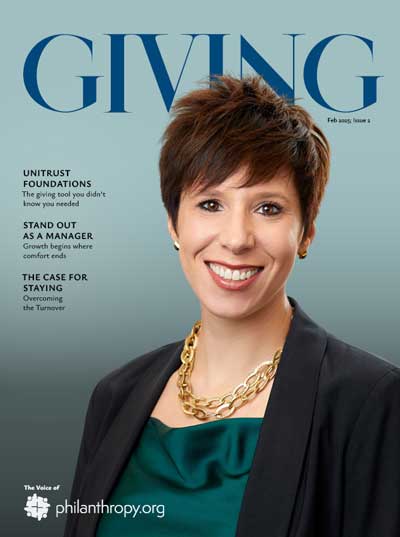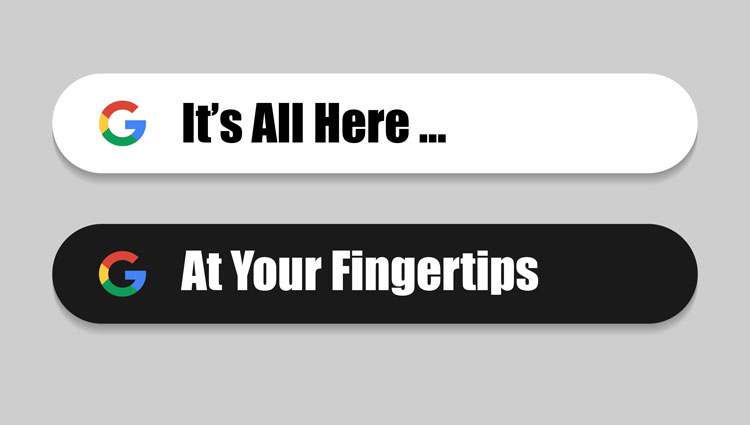Imagine the work your nonprofit could accomplish if you had the financial security to plan for the long term—expanding programs, hiring and retaining the best people, and innovating to meet changing community needs.
That kind of stability isn’t just wishful thinking; it’s entirely possible, thanks to what economists are calling the largest intergenerational transfer of wealth in history.
You Do Not Have Much Time
Over the next fifteen years, Baby Boomers—who hold nearly half of all U.S. household wealth—are expected to pass along an estimated $84 trillion to their heirs and to charities. It’s being called The Great Wealth Transfer, and about $12 trillion of that total could flow directly to nonprofit organizations, offering a once-in-a-generation opportunity. If you haven’t yet put a solid planned giving program in place, now is the time to start.
The Scale of the Opportunity
As Baby Boomers finalize their estate plans, many are choosing to leave part of their wealth to causes they love. This means that nonprofit organizations have a unique window to build relationships that lead to legacy gifts—those bequests and endowment funds that can sustain your mission far into the future.
But here’s the sobering reality: most nonprofits aren’t fully prepared to capture even a fraction of this philanthropic potential. Many don’t have dedicated planned giving teams, and misconceptions persist that planned giving is either too complicated or only relevant for the biggest charities.
In truth, anyone can establish a planned giving program, and even the simplest efforts—like an IRA charitable rollover or a donor-advised fund—can make a world of difference to both your organization and your donors.
Why You Need to Act Now
Heightened Competition for the Great Wealth Transfer
With so many nonprofit causes in the mix, your organization won’t be the only one reaching out to donors who are revisiting their wills and estate plans. By creating a thoughtful, personable approach to planned giving, you’ll stand out and show potential donors the lasting impact they can have on your community.
Demographic Realities
While early distributions of the Great Wealth Transfer benefit Generation X, the biggest gifts will come from Baby Boomers. They’re finalizing estate plans right now, which means your organization’s window to be included in these plans is shrinking every day.
Tax Incentives and Smart Giving
Donors can lower their estate taxes and sometimes even create lifetime income streams by supporting the charities they believe in. It’s a win-win: they help your mission while also meeting personal financial goals.
How to Build a Strong Planned Giving Program
Educate Your Team
Everyone from your board members to your volunteers should understand the basics of planned giving. Often, the conversation starts with a personal story—like a volunteer who decides to include the nonprofit in their will.
Career Tip: For professionals, deepening your expertise in planned giving can be a significant career booster, as more nonprofits seek specialists who can manage and grow these vital programs.
Share Real Stories
Use your marketing channels—email, social media, or newsletters—to highlight individuals who have already chosen to leave legacy gifts. Personal testimonies can show prospective donors that planned giving is both manageable and deeply meaningful.
Foster Meaningful Relationships
Planned giving conversations rarely happen overnight. They grow from long-term connections that show your donors how vital they are to your work. When you invite them to a fundraising event or send them a program update, think of it as nurturing a friendship, not just asking for money.
Remove Barriers
Make it easy for donors to name your organization in their will or trust. Provide templates, offer resources on your website, and encourage them to connect with financial advisors. Simple, clear guidance can make all the difference.
Use Technology Wisely
Donor management software can help you track potential planned giving prospects based on loyalty, giving history, or personal interests. Once you identify these supporters, you can tailor your outreach to their specific interests, showing them that you see them as individuals, not just as donors.
The Cost of Waiting
Delaying your planned giving program could mean losing your spot in a donor’s estate plan —and the Great Wealth Transfer — altogether. As Baby Boomers finalize their decisions, organizations that haven’t expressed their interest—or even basic readiness for legacy gifts—may not make it onto the radar. Missing out on these substantial gifts means your nonprofit may have to rely heavily on yearly fundraising, leaving your programs vulnerable to economic ups and downs.
Conclusion
At the heart of planned giving is a simple truth: people want to make a lasting difference. The Great Wealth Transfer is more than a financial event—it’s a chance for nonprofits to become part of donors’ personal legacies. By investing in planned giving now, you can secure the resources your organization needs to serve the community for decades to come. And for professionals in the sector, specializing in planned giving can open doors to new leadership opportunities—truly a win-win for everyone involved. It’s about more than money; it’s about hope, vision, and the meaningful impact we all strive to create.







Remember: We only have about 10 years.
The wealth transfer is here! Time is now! Great article, Jonathan!
[…] Make a concerted effort to promote estate planning to your donors and prospects. Nearly 70 percent of Americans lack even a basic will, and with the Great Wealth Transfer underway, you don’t want to miss out on your shot at the trillions (yes, trillions) up for grabs. […]